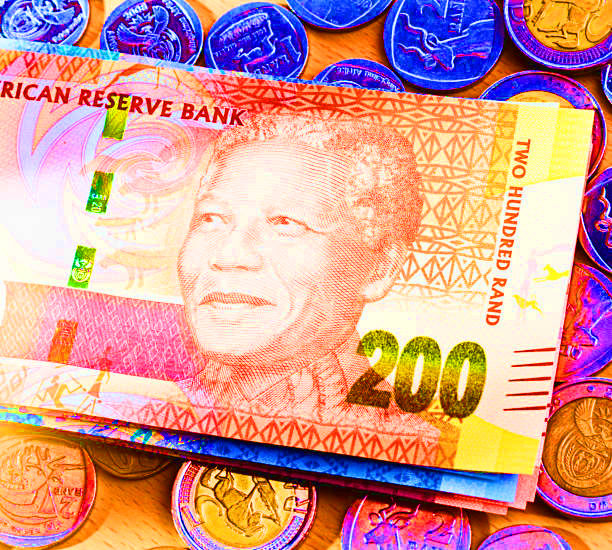The Economic Forces Behind the Weakening South African Rand
In October 2025, the South African rand weakened to 17.21 against the U.S. dollar, highlighting the delicate relationship between local economies and global forces. As emerging market currencies like the rand fluctuate, understanding the causes behind these movements becomes crucial for economic planning. In this article, we will explore the key economic forces contributing to the rand’s decline.
HGeopolitical Instability and Its Effect on Emerging Markets
H3: The Ripple Effect of Global Tensions
Global geopolitical instability plays a major role in affecting the rand’s value. When there are tensions between countries, such as trade wars or military conflicts, investors often turn to safer investments, which causes currencies like the rand to weaken. South Africa, being an emerging market, is especially vulnerable to these shifts.
H3: The Influence of the U.S. Government Shutdown
The ongoing U.S. government shutdown has added another layer of uncertainty to global financial markets. The inability of the U.S. to pass a budget impacts investor confidence worldwide, leading to a reduction in foreign investment in South Africa and a subsequent weakening of the rand.
H2: Commodity Prices: A Crucial Driver of the Rand’s Value
H3: The Role of South Africa’s Mining Sector
South Africa’s mining sector, particularly its exports of gold, platinum, and palladium, is a cornerstone of the national economy. When global demand for these commodities rises, the rand strengthens. However, when prices stagnate or fall, as they have recently, the rand loses value, affecting South Africa’s overall economic health.
H3: Market Volatility and Currency Fluctuations
Commodity markets are inherently volatile, and this volatility directly impacts the strength of the rand. Recent declines in the prices of gold and other key exports have led to a reduction in foreign currency inflows, thus weakening the rand.
The Domestic Impact: Rising Inflation and Cost of Living
Inflationary Pressures
The weaker rand has a direct impact on inflation in South Africa. As the currency loses value, imported goods become more expensive, driving up the cost of living. This puts pressure on South African consumers, particularly in low- and middle-income households.
Opportunities for Foreign Investment
Despite the challenges, a weak rand has its advantages. Foreign investors may see South Africa as an attractive market due to the relatively low cost of doing business. The weaker rand makes South African assets cheaper for foreign investors, which could lead to an influx of foreign capital in the long term.
FAQs
- What has caused the rand to weaken recently?
The rand has weakened due to geopolitical instability, a U.S. government shutdown, and falling commodity prices. - How do commodity price fluctuations affect the rand?
South Africa’s reliance on commodity exports means that price drops in key metals like gold and platinum lead to a weaker rand. - How does a U.S. government shutdown influence the rand?
The shutdown causes global uncertainty, pushing investors to move away from emerging markets like South Africa, which weakens the rand. - What impact does a weak rand have on inflation?
A weak rand drives up the cost of imports, leading to higher inflation and increased living costs for South Africans. - Can the rand strengthen again?
If global tensions ease and commodity prices rebound, there’s potential for the rand to recover.
Conclusion:
The weakening of the South African rand reflects a broader picture of global economic dynamics. Understanding the forces behind the currency’s decline—from geopolitical tensions to commodity market fluctuations—can help South Africans and international investors navigate the uncertainty. While the future of the rand remains unpredictable, its close ties to global economic conditions will continue to shape its value in the months to come.




